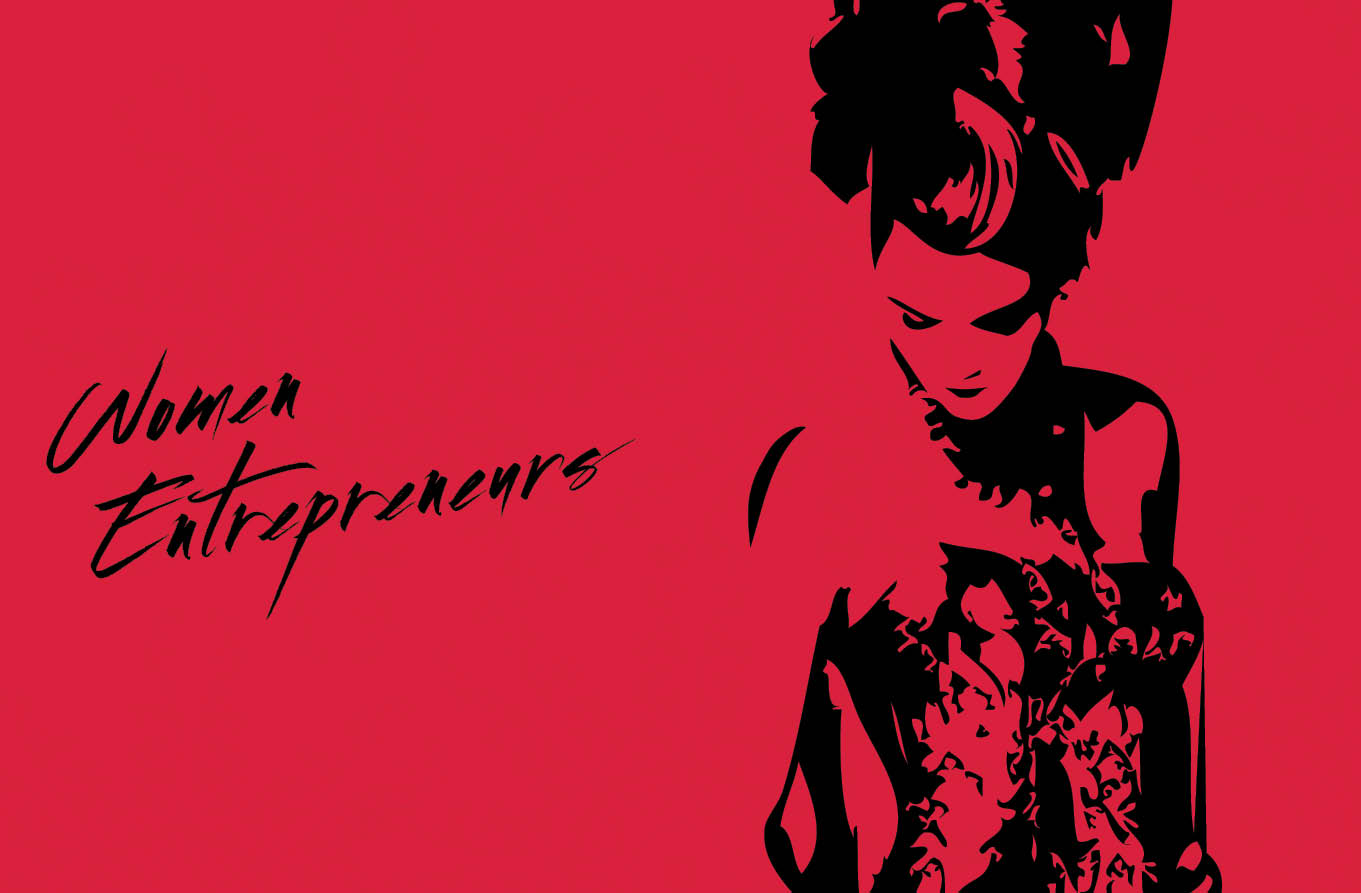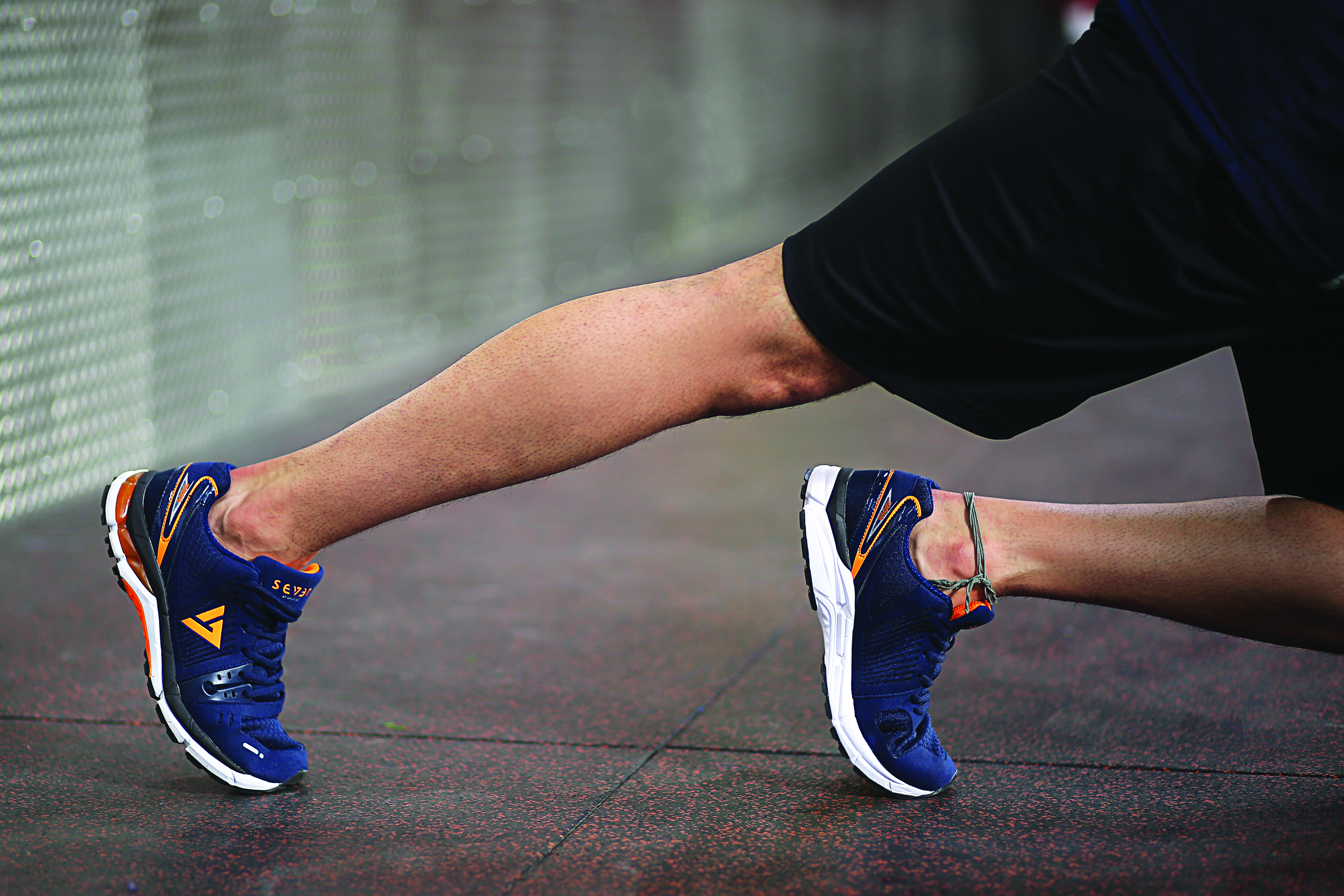Vocal fashion critic and entrepreneur Kanika Bhatia writes, from breathing room for your breasts, ankle shaming, fat shaming, and the over emphasis on boundaries pertaining to trims on our clothing, it’s been quite a journey our ladies have battled.
Anticlimax- there is no Prince Charming!
It was a time of knighthood, it was a time of slavery. It was a time of obedience, it was a time of silent defiance. It was a time of boundaries and it was a time of free reign. Dickens twists and turns in his grave, whilst you wonder what is this about. Do me a favour, re-read the statement above in context of fashion for women since centuries. A large part of our battle over centuries involved around basic rights like voting, freedom to move without a chaperone, public gatherings and believe it or not clothing of our choice.
Today we talk of fashion evolving for women. Having recently celebrated Independence Day of Hungary and India, I couldn’t help but notice how the idea of independence is so important for us all and how most of us don’t even know about the struggles behind each kind of freedom we enjoy today. We wouldn’t be discussing in depth the burkhas and hijabs still a matter of debate and choice in a lot of nationalities, though undoubtedly demanding a huge call out. However, some of the shockers of the fashion world we freely enjoy today and the struggle it took to get here.
Corsets and bustiers
Can you even imagine the days when women could walk around with their breasts freely out with no one batting an eyelid? 1500 BC and ahead saw this trend till in came the controversial corsets. The history here is more complicated than you think. For a large number of organisations fighting equality, corsets were the worst enemy for women. It was literal caging in patriarchy ridden society back then. The idea was “fashioning the body” to a cultural fit of narrow waists and highlighted breasts. As recent as 1550s women were asked to wear corsets made of wood and whalebones to ensure narrowed (often aiming 14-16 inches) waists lines. The trend continued as other countries adopted the same uniform till almost 19th century. Corsets today are a matter of choice and designed more for shape wear than a binding plan for deforming natural bodies.
Trousers to tight jeans
Thirteen women – including journalist Lubna al-Hussein – were arrested in Khartoum, Sudan, because they wore trousers in public. Ten of the women were punished with a fine of 250 Sudanese pounds, and received ten lashes. Lubna was fined $200, but not flogged. Will you believe 2009 to be year for this news? I have repeatedly heard news of courts dismissing rapists based their judgements on the tightness of denims or trousers the victims wore. 1998, an Italian judge acquitted a rapist, calling the rape consensual sex because the victim wore tight jeans. Our contemporary “history” should talk about our regressing cultural growth perhaps a little more.
Skirts
The number of times the appropriateness of lengths in this piece of clothing has been discussed over centuries is almost baffling. Around the 1890s, diagrams were released to clarify what length of skirt was suitable for what age (four year old girls could wear dresses to just below the knee – but girls of 16 must wear dresses to the arch of their foot.) 1942, while men’s clothing remained the same, the USA introduced ‘Regulation L85’ which set skirt lengths at 17 inches above the floor – no longer, and no shorter. As we all vouch for equality, it’s no surprise that clutches of patriarchy has made men borderline obsessive about women clothing.
Pockets
Chuck clothes, we had to fight for sacks within those attires. For the first time in history (1800s), women’s dress patterns were allowed to include pockets. Until now, if women had access to money (which was significantly less often than men), they’d had to cut slits into the sides of their skirts. Sure, they could reach through to access two hanging drawstring pouches which they suspended on a belt underneath their dress, but it was considered vulgar for a woman to hide her hands (unless they were wearing gloves). Men, meanwhile, had pockets since the 1600s. And they worked just fine, by the way.
The idea of revolution for women before us was so large and profound that it’s beyond our capacity to fathom. From breathing room for your breasts, ankle shaming, fat shaming, and the over emphasis on boundaries pertaining to trims on our clothing, it’s been quite a journey our ladies have battled. As a designer I see the tricking effects of consciousness till date in women as they self shame their bodies because it’s not the stereotypical definition of an attractive body. Dear ladies, this is an attempt to remind you of all the battles we have fought to reach a stage where we can discuss and I can freely write about self loving your natural self. Do not let it go for a waste.













